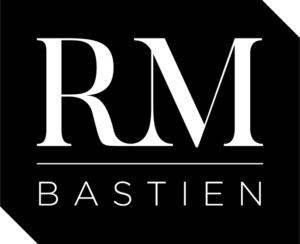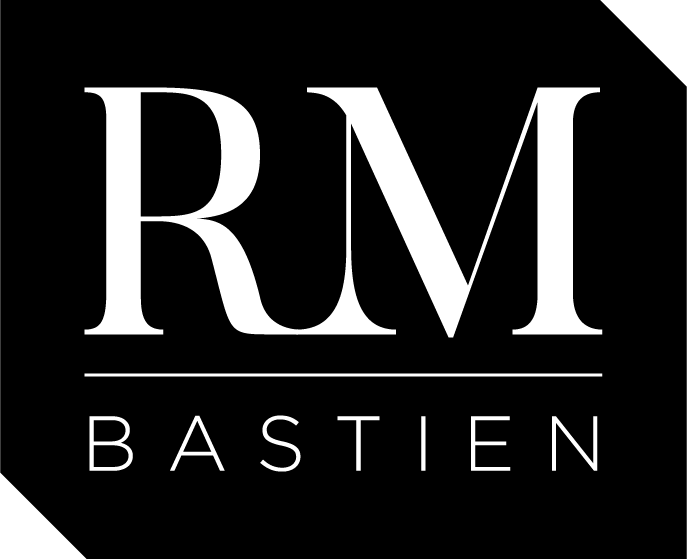This is where we start: an initiatory revelation that will help you understand many of the everlasting issues plaguing corporate IT. This truth is one of the most important drivers of lower quality in the work products of the corporate IT function.
Business IT solutions are mainly made of software, and software is highly flexible and malleable. These are characteristics that are difficult to find elsewhere. Fundamentally, software is a series of electrical impulses representing numbers. All a computer does is add numbers – nothing else. The images on your screen, the voice that you hear on your phone and any other seemingly magical digital phenomenon can be reduced to zeroes and ones. These numbers are then eaten and processed by an immensely powerful number-crunching machine the size of your thumbnail.
Limitless IT Possibilities
Software exists in a virtual world where the laws of physics, as well as most constraints found in other fields, don’t apply. Of course, applications must remain compatible with the physical characteristics of the human beings or machines who will use them. If an IT business solution interacts with production machinery, perhaps opening and closing garage doors, you can expect it to abide by the laws of physics, and probably some standards and regulations.
But apart from these specific cases, it is fair to say that if the IT experts of most businesses are challenged with questions such as “… but is it doable? Can you make it work?” they cannot honestly answer “no”, because there is always a way to make an IT solution work.
Why Does Your IT Team Say “No”?
You may have painful memories of instances where you were told “no” by your IT teams. Let me assure you that, excluding extreme cases, the reasons for these negative answers were probably that the budget was exhausted, the time left was too brief, the compliance to standards was problematic, or the teams in place were busy doing other things, but not that it wasn’t doable. There is always a way to make it happen when you’re dealing with the intangibles of software and the immense capabilities of computing hardware.
That’s the good news.
Beware of Alternate Solutions That Cut Corners
Often, making programs work just requires doing things differently. Since software is so workable, the options available are usually numerous. Unfortunately, doing things differently does not invariably mean finding a totally innovative, out-of-the-box paradigm.
Most of the time, being imaginative means finding ways to cut corners and make it work still.
The range of options can be further extended by the relative inconsequence of errors. In the virtual world of corporate IT, there is little risk of human injuries or casualties. Thus far in my career, I’ve never seen anyone drawn into a court of law for a botched design. External bodies will never audit a project down into its technical details. Events of skimping on quality never get published outside the corporation, and not even outside the project team.
Quality Issues That Translate in More Complexity
Your IT team will find a way to make a solution work: I can guarantee it.
They will get it to work, whether it’s with little effort or a heroic tug, and through the use of best practices or with haywire. But heroism and best practices require more time and labor.
Hence the end result will most probably be subject to more maintenance, or run slower, or have stability issues, or present learning challenges to future employees, or require replacement sooner, or augment costs in other projects, but it will work.
And if the expected quality levels are not achieved at the finish line, it will be called a fix, a patch, or my favorite, a tactical solution, to convey recognition that it could have been designed and built in a better way. But these idioms don’t express the truth that such solutions increase unnecessary IT complexity which in turn impedes the agility of the team that created it.
Does it mean that the great powers of information technologies, with their almost limitless applications can also be a hindrance? I’m afraid so. We’re in a case of the archetypical two-edged sword.
Not Proving Much
Your most important takeaway is the following:
The fact that a solution works proves nothing other than the fact that it works. Do not even contemplate for a second the mere idea that it determines anything about the quality of the end product.
Whatever the depth of your sorrow about this depressing statement, you might be tempted to think that, given all the virtual flexibility of IT, sub-optimally designed solutions can be easily corrected in subsequent projects. But that’s not the way it works, so don’t hold your breath for quality issues to be corrected. In an upcoming article, I will present another unpublicised truth about corporate IT that will lower your expectations about IT’s capacity to realign after sub-optimal solutions are delivered.
Before you do anything hasty, let me reassure you: there is light at the end, and there is a way to get higher levels of quality that promote nimbleness. The good news is that it has nothing to do with technology and is within the reach of non-IT business executives. If you’re interested, take a minute to subscribe and you will get automated reminder when new posts are published.

